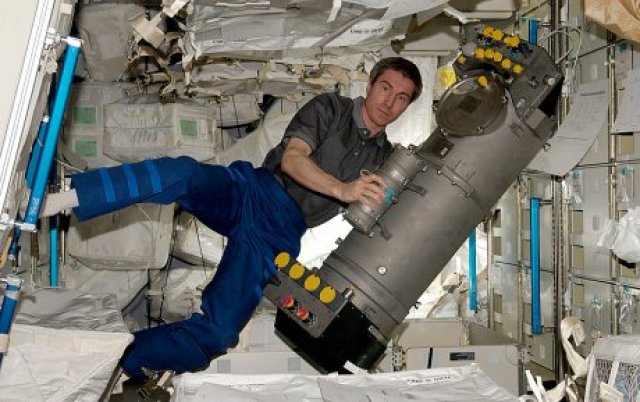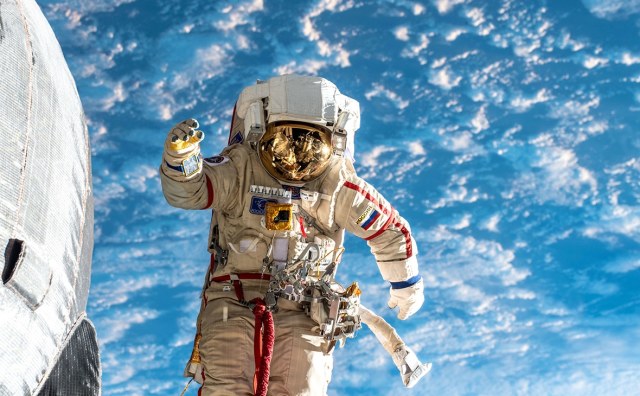With the planning of long-term missions to the Moon and Mars, humanity is increasingly faced with the question of providing astronauts with oxygen for breathing. Currently, keeping people breathing on board space stations is a complex and expensive process, so more advanced technologies will be required for future travel in the cosmic abyss.
International Space Station (ISS) — one of the largest and most expensive projects in the history of mankind. For almost a quarter of a century, it has been orbiting our planet, and all this time scientists and technicians have to solve many problems in order to maintain the life and health of people inside.
During the day, the ISS crew consumes from 2.5 to nine kilograms of oxygen — a vital gas necessary for human breathing. Today, the main method of its production in space is the electrolysis of water: under the influence of an electric current, a water molecule breaks down into its constituent oxygen and hydrogen.
The process turns out to be expensive: not only is precious electricity spent on electrolysis, but there is also the problem of effective phase separation (liquid, water and gas), which has been facing humanity since the first space flights in the 1960s.
To imagine what it is, imagine a glass of soda. On Earth, carbon dioxide bubbles float up and leave the glass, but on board the ISS, in microgravity conditions, the bubbles will remain suspended in the liquid.
Now, in order to isolate oxygen bubbles from water "soda", massive centrifuges are used on the ISS, which take up a lot of space and require a lot of energy: to use them when going on a long—distance space flight, and even in the opposite direction from the Sun, is to risk being left without electricity at all.

Cosmonaut Sergey Krikalev with the device for electrolysis of water "Electron"
Image source: habr.com
But now, it seems, an international team of scientists from the USA and Germany has found a possible way to solve this technological snag. They have developed a way to effectively separate the liquid and gas phases in microgravity using magnets.
In Germany, on a special installation called The Bremen Microgravity Tower, scientists conducted an experiment in conditions simulating near-Earth microgravity. It turned out that gas bubbles can "attract" and "repel" from a neodymium magnet if it is immersed in solutions of different composition (for example, pure water or a solution of manganese sulfate).
In the future, such technology can be used to develop new oxygen systems and provide hydrogen fuel to the engines of ships that will carry the first people on long-distance space flights. There are applications for such magnets on Earth, for example, for wastewater treatment or polluted air.
The study is published in the journal npj Microgravity.

